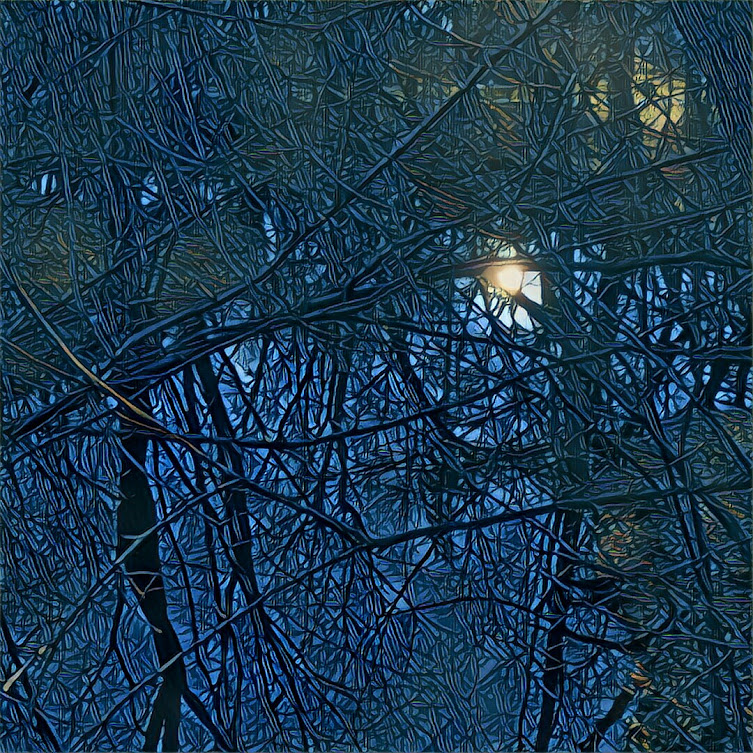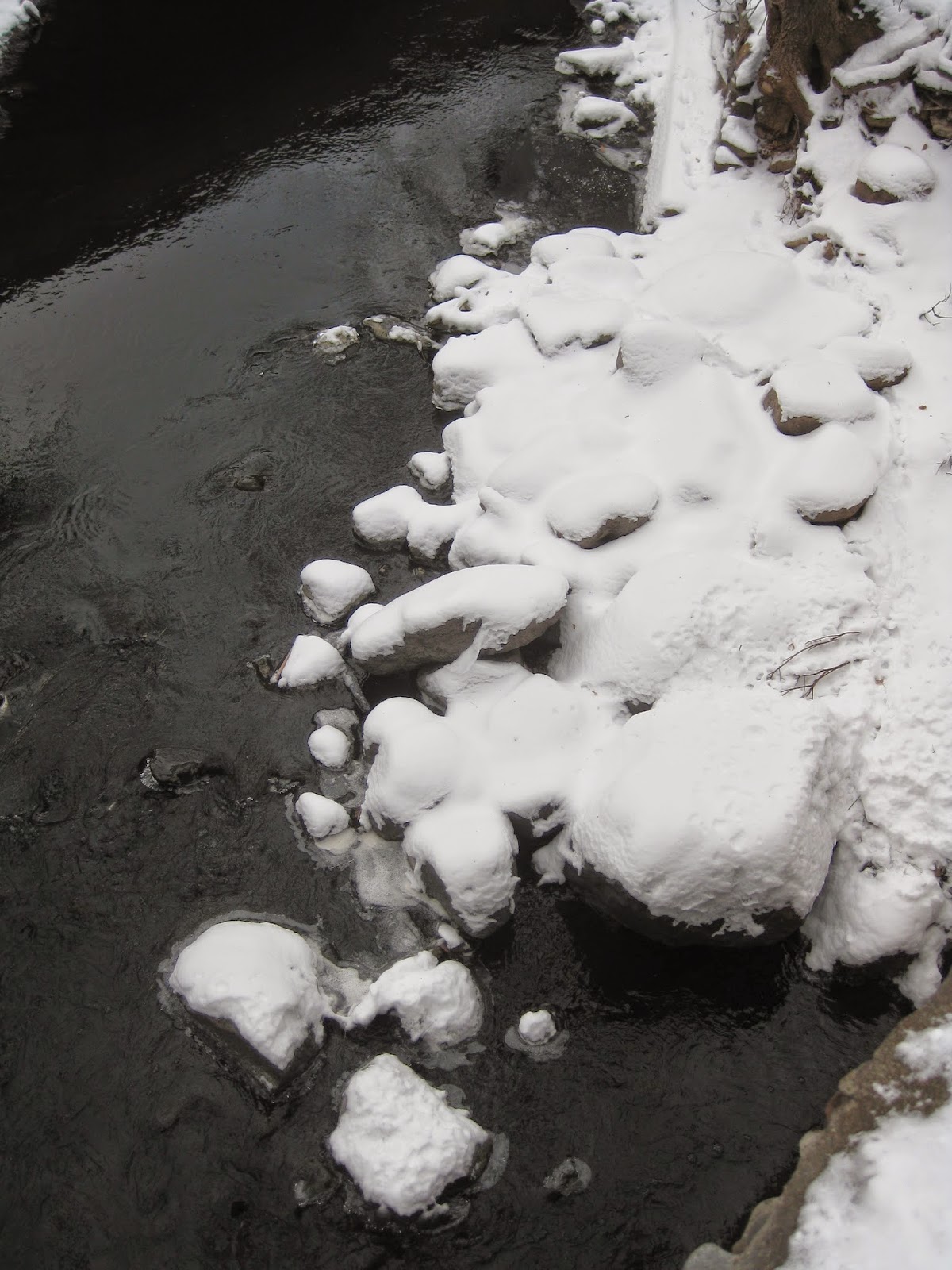A couple of days ago, a friend posted a photo of a rhinoceros on Facebook. There was a bloody stump where its horn had been and it was sinking to its knees, dying from an unspeakable act of cruelty.
My friend wrote a poem to express his rage toward the poachers who killed the rhino for its horn. Punched in the gut with grief and sickened by a glimpse of this horror, I voiced my sadness on the thread of comments.
Later that day, a wildlife rehab organization posted a photo of a bald eagle in Alaska caught in a leg hold trap. A woman found and tried to rescue the eagle. She was charged with interfering with legal trapping.
The magnificent wildling, who had broken both of its wings trying to escape, was beyond healing and was put down.
Two days earlier, I’d finished a book with several excruciating scenes of animal cruelty that seemed to be a commentary on how much damage that deadened humans wreak on all around them.
Sadness sticks to sadness. It accreted into a mass that day. A heaviness, an injury no one could see. Probably everyone who saw those photos felt injured by them. What did they do with that injury, I wondered? How do we carry such sights, such knowledge?
Sometimes we are afraid that we can’t. We look away. Not many look away with indifference…we look away in sorrow.
We look away, with a grief so keen we are afraid to give ourselves over to it, lest we sink into it whole, never to rise again.
We feel rage, like my friend, or are nearly crippled by the pity of it, how helpless we feel, how appalled and shamed by our species’ atrocities.
The only way out is through, though.
Maybe our compassion, even an ocean and a continent away, helps heal the wounds suffered by that rhinoceros, that eagle, our planet. It certainly helps our own humanity. If we look away too much, we are only pretending evil doesn’t exist, and help no one at all. It is right to feel pain. But it is still hard.
I begin to think that the fall of man really did happen, and keeps happening. Not with God and the serpent, but when humanity chose this path that views the earth and everything on it as a “resource,” i.e. a commodity, with no spirit, sentience or intrinsic worth beyond the money for which it can be sold.
That evening, I sat down with my Native Gardener’s Companion.
I began to plan the new gardens I am going to plant come spring, and all the caterpillars, bees, butterflies and birds they will feed, and my heavy heart began to ease. Helping, the only cure I know.


















